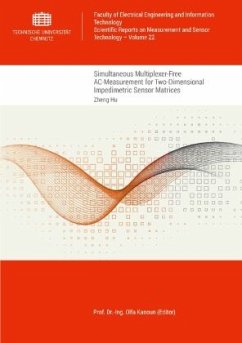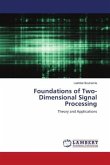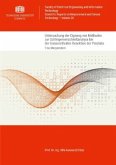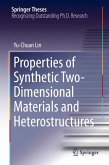Sensors in two-dimensional matrices can be addressed one by one using multiplexers. However, without special precautions, the measurement signal may flow through other sensors and leads to significant measurement deviations. To reduce this so-called cross-talk effect in two-dimensional matrices, a multi-row excitation strategy using AC signals having different frequencies is proposed in this thesis, which avoids DC deviations of electronic components and enables a multiplexer-free simultaneous measurement of resistive targets. This method is named the AC - Zero Potential Circuit (AC-ZPC Type 0), and it is extended for impedimetric matrices. Besides, two advanced methods are proposed for higher measurement accuracy. The first advanced method (AC-ZPC Type 1) corrects the deviations caused by the row interface impedance by introducing a column with reference elements and dispenses with the measurement of the row side excitation signals. The second advanced method (AC-ZPC Type 2) uses a voltage follower on the matrix row side to reduce the row interface impedance and introduces a row and a column of reference elements to reduce the deviations related to the non-ideal features of the column side amplifiers, including their input/output impedance, open-loop gain factor, leakage current, and load impedance.
Bitte wählen Sie Ihr Anliegen aus.
Rechnungen
Retourenschein anfordern
Bestellstatus
Storno








